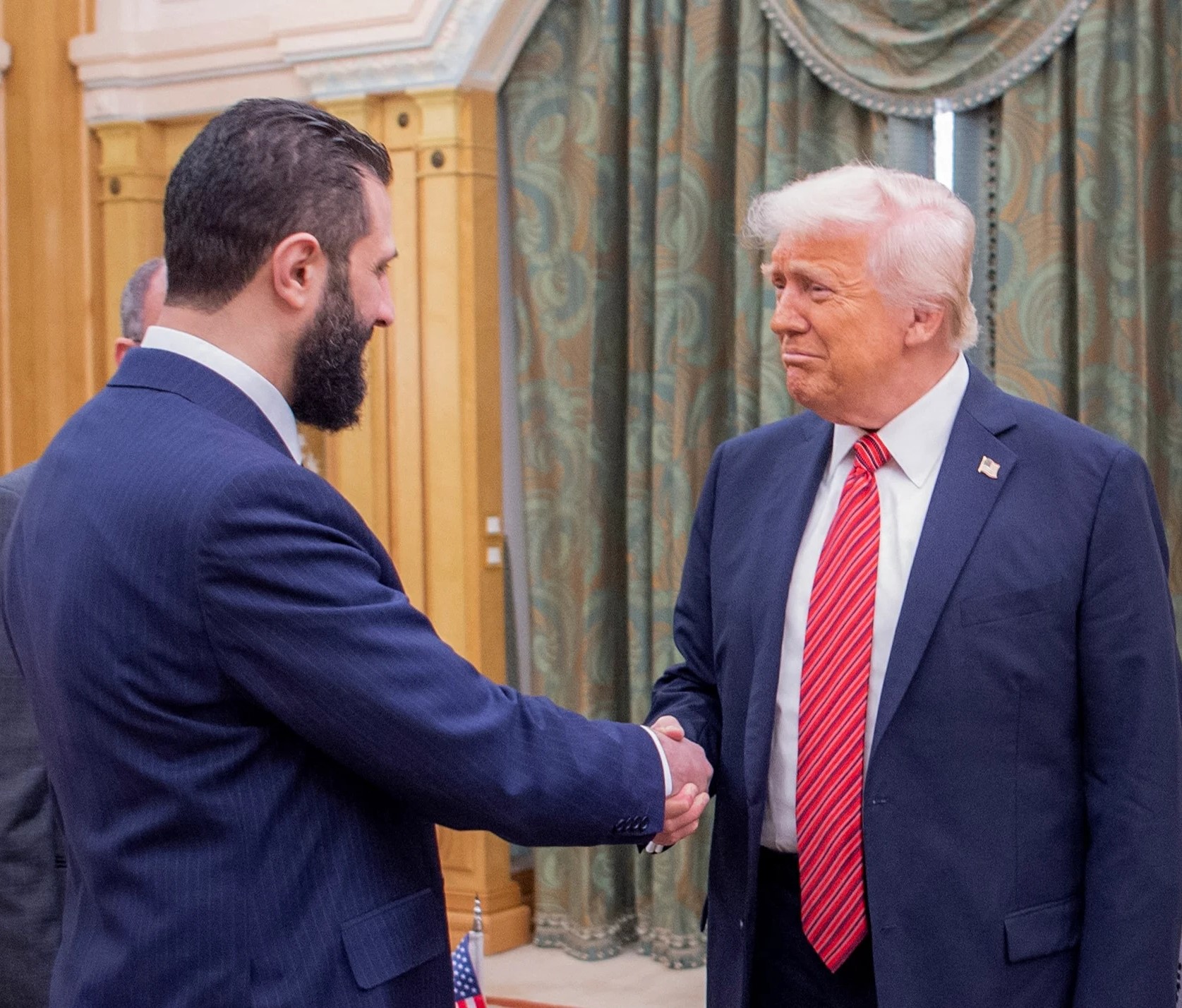The U.S.-Syria relationship has undergone a transformative shift since the December 2024 revolution, which ended the Assad regime’s decades-long rule. Following the collapse of Bashar al-Assad’s government and the establishment of an interim leadership under President Ahmed al-Sharaa, the United States initiated efforts to recalibrate its engagement with Syria, marking a departure from decades of hostility.
In May 2025, the Trump administration announced the lifting of broad economic sanctions—a pivotal step toward fostering bilateral cooperation. This decision, aimed at alleviating humanitarian suffering and supporting Syria’s post-war recovery, was contingent on Syria’s commitment to counterterrorism and regional stability.
While challenges persist, including the expulsion of foreign fighters and addressing Israel’s occupation of the Golan Heights, Syria has taken initial steps to meet U.S. demands, such as curbing militant activities and engaging in security dialogues.
The U.S. has emphasized collaboration in rebuilding infrastructure, combating extremist groups like ISIS, and integrating Kurdish-led forces into governance structures. Despite lingering concerns over human rights and the influence of former jihadist factions within Syria’s new leadership, both nations have expressed optimism about economic partnerships and regional diplomacy.
As Syria transitions toward stability, the U.S. remains cautiously engaged, balancing strategic interests with the imperative to avoid past missteps. This evolving partnership reflects a mutual commitment to peace, prosperity, and a shared vision for a secure Middle East.



